Japan, Kamakura period (1185-1333) An exceptionally rare pair of two Buddhist lions, a koma-inu and a shishi, dating to the Kamakura period (1185-1333). The koma-inu (literally Korean dog) is shown with a single horn and with the mouth closed, uttering the syllable ‘un’. The shishi is snarling with its mouth opened, uttering the syllable ‘a’. The eyes are characteristically inlaid in crystal with black and gold lacquer. The separately carved tails are formed by finely crafted curls which appear like flames. The surface is covered in green, blue and red pigments which are largely worn. The polychrome pigments of the koma-inu are slightly better preserved than on the shishi. With associated plexiglass stands especially made for the two figures. This exceptional pair of early figures maintains the iconographic distinction between the komainu with a single horn and the shishi without a horn which appears to have largely disappeared during the later Muromachi period (1336-1573). HEIGHT each c. 24.5 cm Condition: Worn condition as is to be expected with a figure of this age. Both figures are however completely original and unrestored. The polychrome pigments are largely worn, there are several cracks throughout as well as scattered losses and overall wear. Some individual elements are loose. Provenance: Estate of Elaine Levy Proler (1930-2019), Houston, Texas. Literature & Auction comparison: Compare the manner of the carving with a closely related example from the Kamakura period in the Nara national Museum accession no. 1311-0. Compare the manner of the lion on a figure of a Bodhisattva sold by Christie’s, Japanese Art & Design, 16 May 2012, London, lot 299 (sold for 55,250 GBP).
Japan, Kamakura period (1185-1333) An exceptionally rare pair of two Buddhist lions, a koma-inu and a shishi, dating to the Kamakura period (1185-1333). The koma-inu (literally Korean dog) is shown with a single horn and with the mouth closed, uttering the syllable ‘un’. The shishi is snarling with its mouth opened, uttering the syllable ‘a’. The eyes are characteristically inlaid in crystal with black and gold lacquer. The separately carved tails are formed by finely crafted curls which appear like flames. The surface is covered in green, blue and red pigments which are largely worn. The polychrome pigments of the koma-inu are slightly better preserved than on the shishi. With associated plexiglass stands especially made for the two figures. This exceptional pair of early figures maintains the iconographic distinction between the komainu with a single horn and the shishi without a horn which appears to have largely disappeared during the later Muromachi period (1336-1573). HEIGHT each c. 24.5 cm Condition: Worn condition as is to be expected with a figure of this age. Both figures are however completely original and unrestored. The polychrome pigments are largely worn, there are several cracks throughout as well as scattered losses and overall wear. Some individual elements are loose. Provenance: Estate of Elaine Levy Proler (1930-2019), Houston, Texas. Literature & Auction comparison: Compare the manner of the carving with a closely related example from the Kamakura period in the Nara national Museum accession no. 1311-0. Compare the manner of the lion on a figure of a Bodhisattva sold by Christie’s, Japanese Art & Design, 16 May 2012, London, lot 299 (sold for 55,250 GBP).


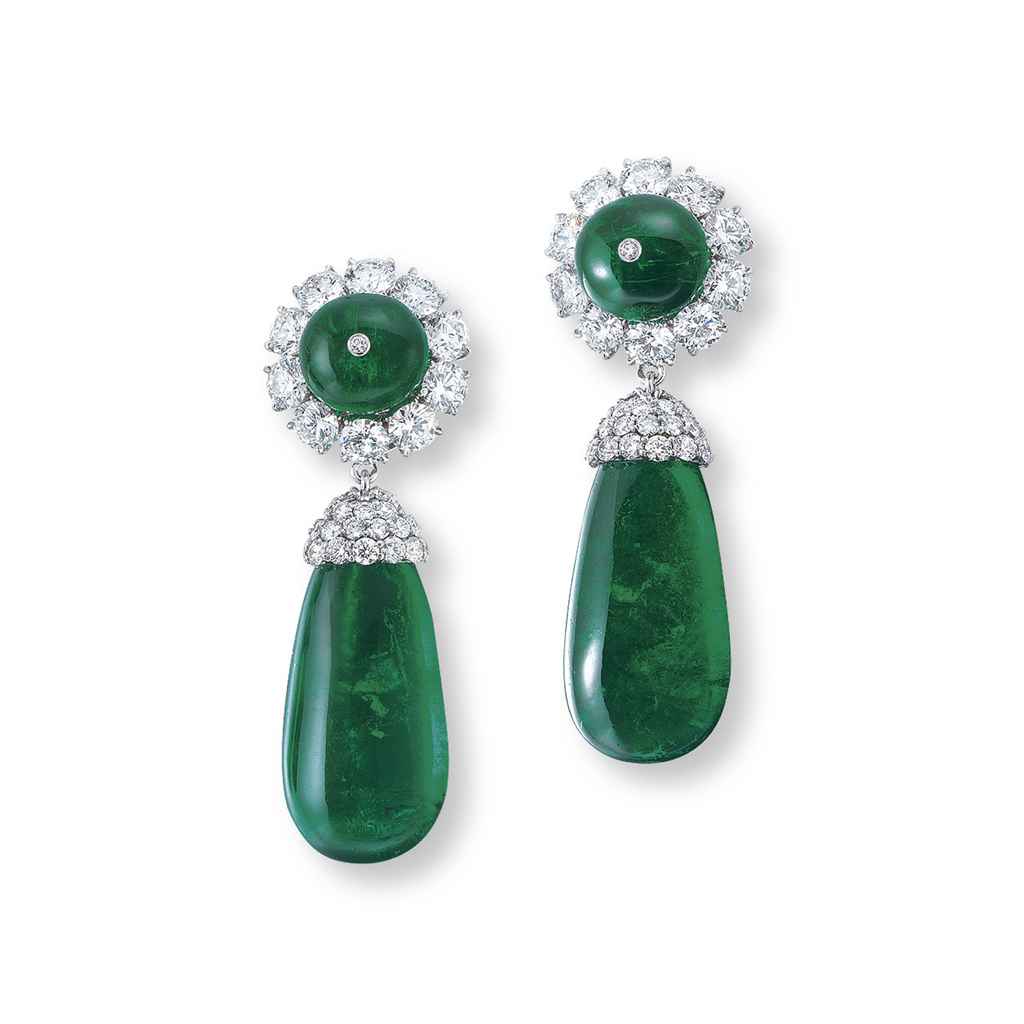

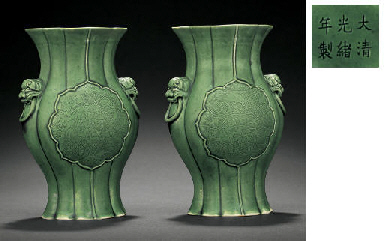
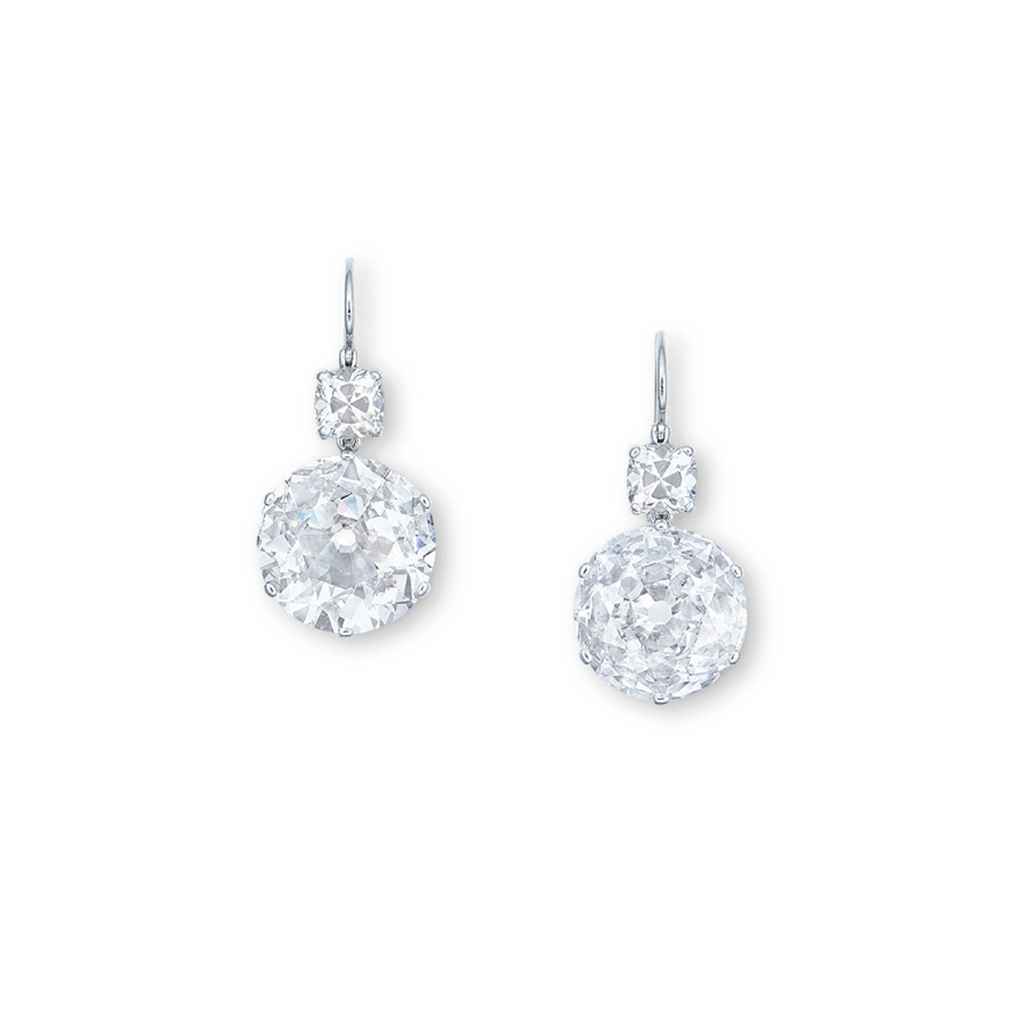
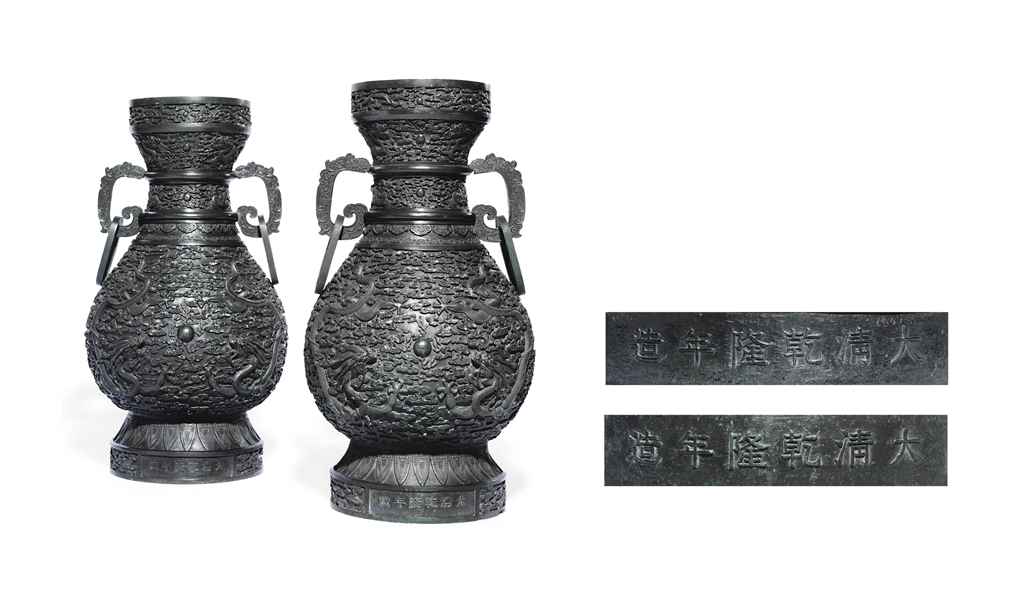
.jpg)

/930/1214930.jpg)

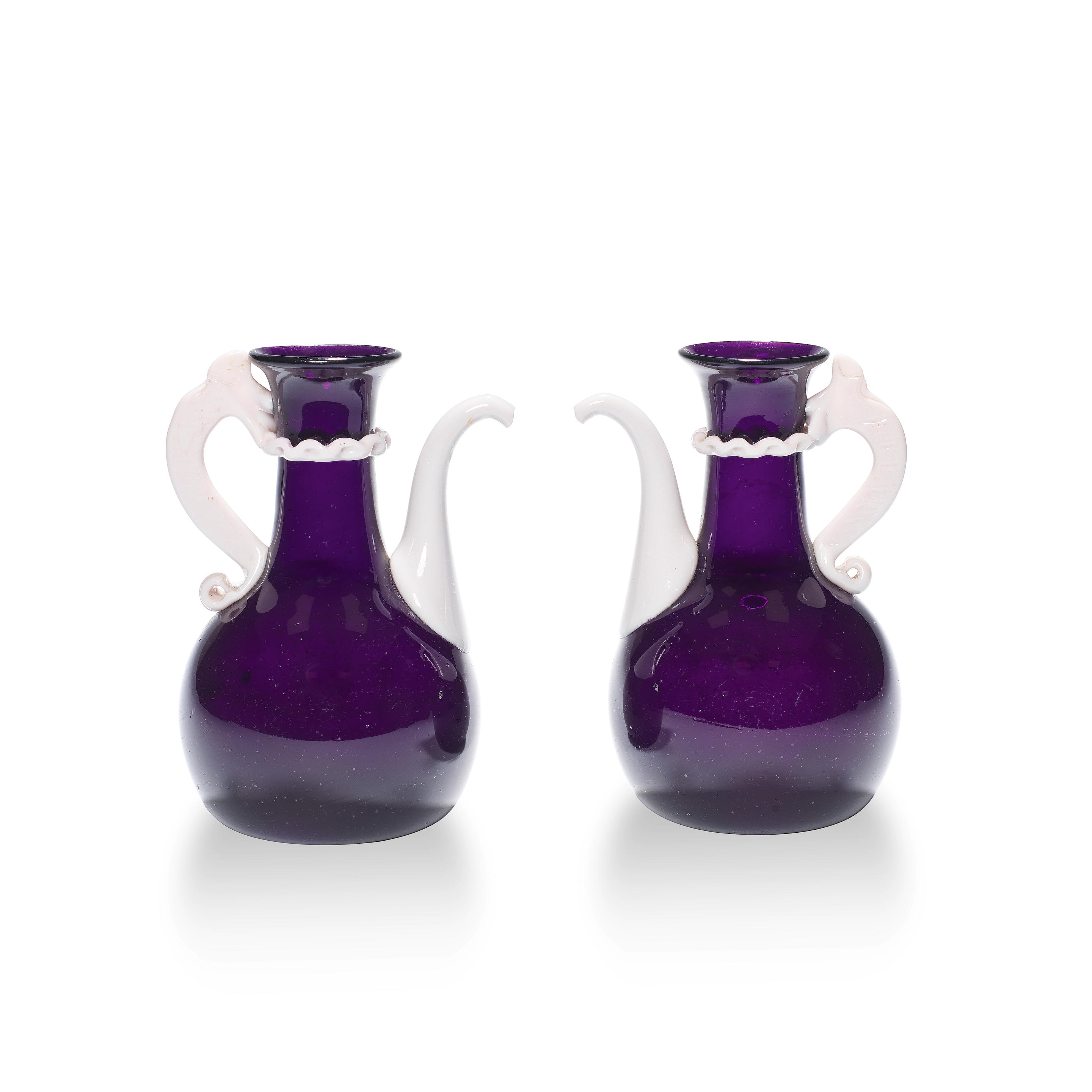
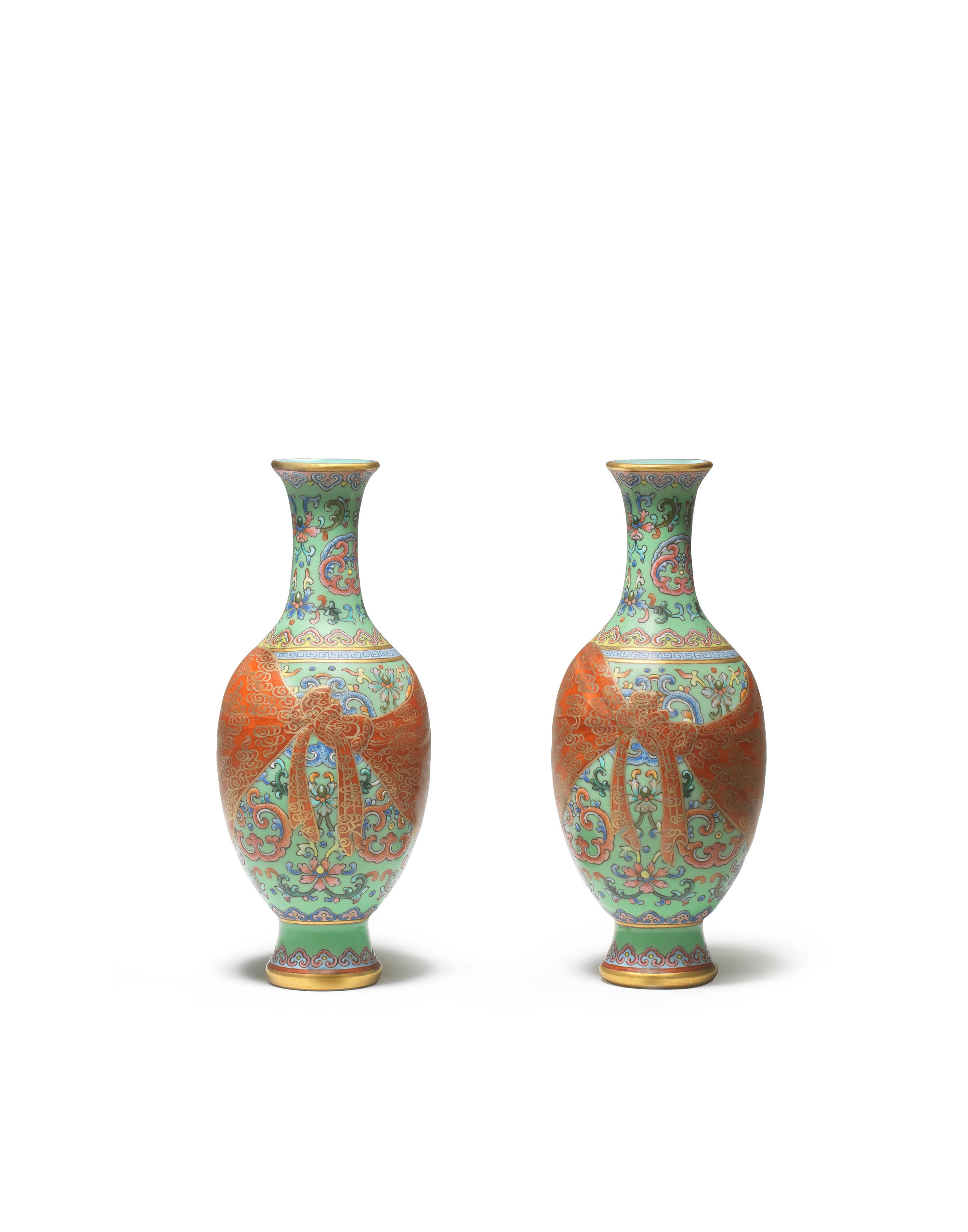


Testen Sie LotSearch und seine Premium-Features 7 Tage - ohne Kosten!
Lassen Sie sich automatisch über neue Objekte in kommenden Auktionen benachrichtigen.
Suchauftrag anlegen